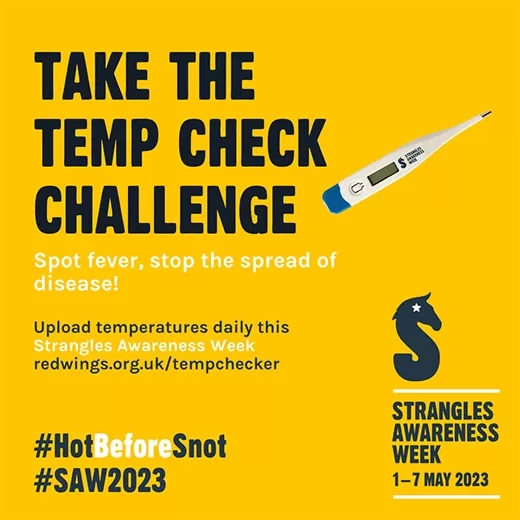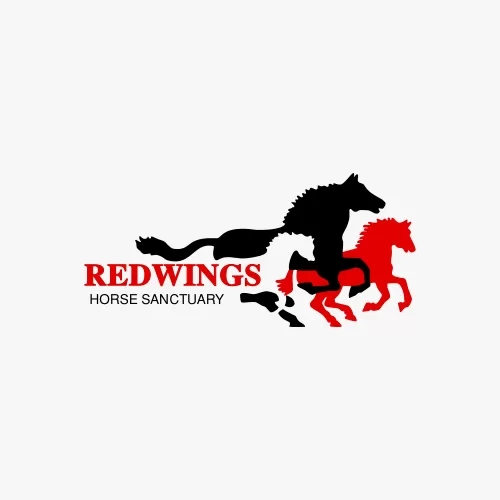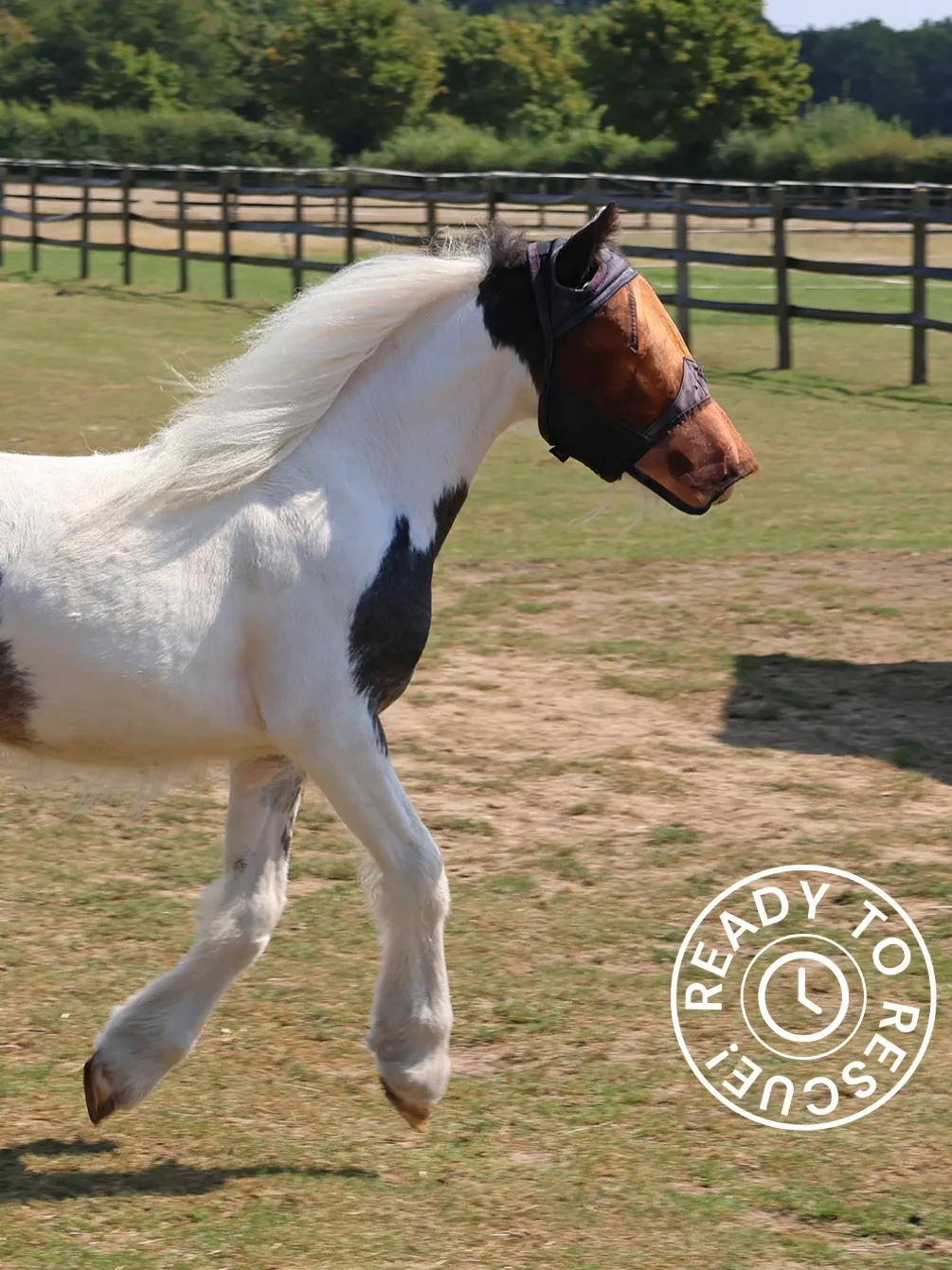12 April 2023

What is the temperature range for a healthy horse?
Like people, healthy horses’ average temperature will vary slightly between individuals but will generally fall within a recognised range. In the past, most of us learnt that the temperature range of a healthy horse should be between 37.5oC and 38.5oC.
However, a study in 2019 carried out by researchers suggested that this range could be revised downwards to 36.0oC – 38.0oC based on over 600 readings taken from 41 horses on one yard. This updated range could potentially help owners spot a health issue earlier by identifying that a temperature of over 38.0oC is not as healthy as was once thought and could be a cause for concern. On the other hand, an owner need be less worried if their horse’s temperature is below 37.0oC as the study indicates this can be perfectly normal for some healthy horses.
Know your horse’s normal temperature
Whichever range you use, the best way to monitor your own horse’s health is to get to know what is normal for them. A temperature of 37.8oC may be typical for one horse, but not for a horse whose average is usually around 36.9oC.
Routinely checking a horse’s temperature means that we can recognise when it is normal, and when it is not. Even a change that falls within the broadly healthy range could be a sign of a problem and is important to be aware of and monitor closely.
What is fever?
A temperature of 38.5oC or above in horses is classed as fever and a sign that something is not right.
There are many conditions that can lead to a raised temperature, but one of the most common causes is an infectious disease such as Strangles. For this reason, any horse with a fever should be isolated as a precaution until infectious disease can be ruled out.
Fever is typically the first sign of Strangles and tends to develop around 2-3 days on average before the horse becomes infectious to others. This means that spotting fever early presents a golden opportunity to put measures in place that prevent the continued spread of a debilitating and potentially fatal disease. If we wait until the horse shows visibly obvious signs of Strangles, such as a snotty nose or swollen glands, that may well be too late to prevent the disease being passed on to other horses.
Strangles is not an airborne disease, but it spreads rapidly through direct contact between horses, or indirectly on contaminated surfaces and equipment. It can also be transmitted on the hands, boots and clothing of people moving between horses. It only takes tiny doses of bacteria to infect a new horse.
If you find that your horse has a raised temperature, don’t panic. First, carefully take the temperature again to ensure it is accurate. Make sure the thermometer is in contact with the wall of the rectum by angling it slightly once it is inserted. If fever is confirmed, check your horse’s pulse, respiration rate and demeanour for any additional signs of ill health. If the temperature is particularly high, or the horse still has a fever after being rested and monitored, contact your vet for advice.
The Temp Check Challenge
The Temp Check Challenge is the ideal way to get to know your own horse’s normal temperature range. To take part, simply take your own horse’s resting temperature each day during Strangles Awareness Week, which this year takes place between 1st and 7th May. Upload each reading onto the free online Temp Checker and your horse’s average will be automatically calculated! You will also be better placed to spot fever and prevent the spread of infectious disease, and be in with a chance to win some fabulous prizes too!
Not only that, by uploading your horse’s temperatures, we will be able to collect more data on average temperatures to help inform what constitutes a healthy horse range.

Redwings Press Office
Find out more about Redwings Press Office



